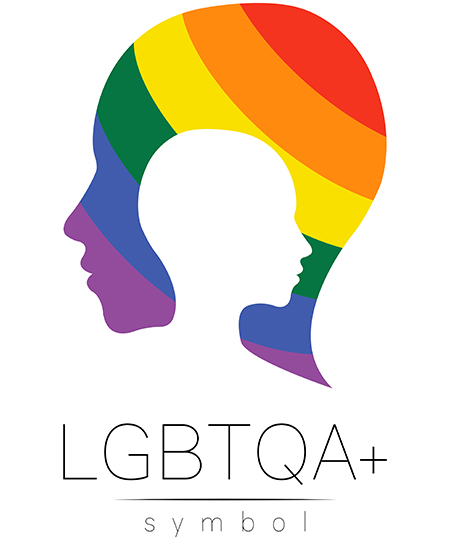Depression is a problem for the LGBTQIA+ community.
There is a higher rate of depression among people who identify as LGBTQIA+ compared to those who identify as heterosexual and cisgender.
The higher occurrence may be due to several factors, including discrimination, stigma, and prejudice that LGBTQIA+ individuals may face.
Those in the LGBTQIA+ community may also struggle with issues related to their identity and the fear of not being accepted by society.
Seeking support from friends, family, and mental health professionals can provide the support needed by LGBTQIA+ individuals suffering from depression.
Bipolar disorder is also a problem for the LGBTQIA+ community.
There is also a higher prevalence of bipolar disorder among LGBTQIA individuals than among the general population.
This higher frequency may be due to various factors, including the stress and discrimination you often experience and other factors such as genetics, environmental influences, and brain chemistry.
You need to seek professional help, including therapy and medication, to manage your bipolar disorder condition effectively.
 Therapy can help treat depression or bipolar disorder.
Therapy can help treat depression or bipolar disorder.
Depression and bipolar disorder can be life-threatening conditions. As a therapist, I can help you deal with issues related to depression and bipolar disorder. Emma*, who is non-binary, is an excellent example of how therapy can help.
Emma experienced rejection from their family due to their gender expression. The constant rejection and lack of familial support profoundly impacted their mental health. They struggled with depression, abandonment, and needing acceptance and belonging.
Emma was able to experience a decrease in their depression symptoms after we began to monitor their daily activities to find what brings them joy and by examining their distorted thoughts.
Let’s work together to address your depression or bipolar disorder.
Contact me today!
Please note.
If you want to hurt or kill yourself, please call 988, a helpline, 911, or go to the nearest emergency room.
*Name and story are composite narratives and do not reflect an actual client.

